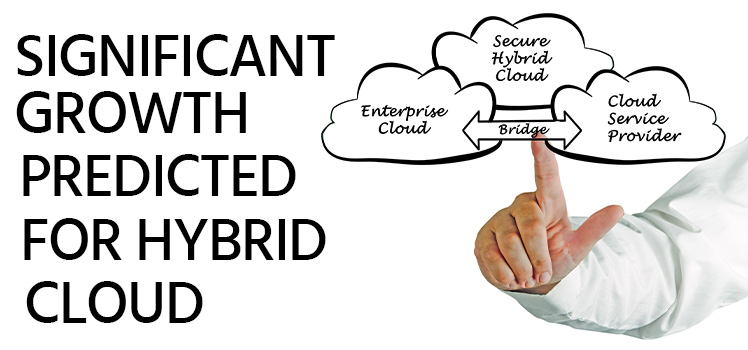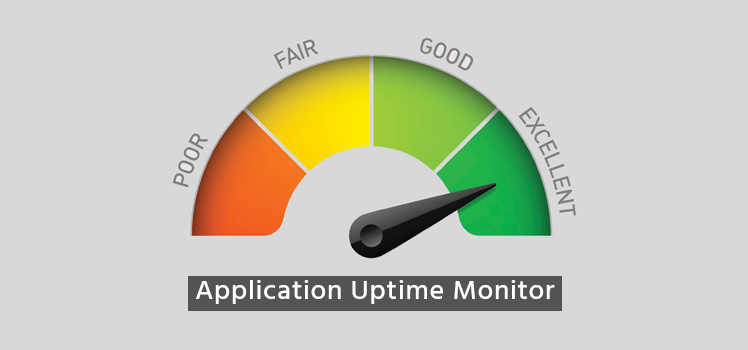Hybrid Cloud. Hybrid IT. Hybrid Availability.
There is a lot of talk about hybrid these days when it comes to IT. For the past five years or so, the Hybrid Cloud has been a hot topic as organizations are now open to hosting their digital services and data beyond the walls of the datacenter perimeter. Recently, the new approach of managing IT within the enterprise, called Hybrid IT, has come to the forefront. As a result, confusion exists as to the differences between these two concepts. While the Hybrid Cloud is usually part of the makeup of Hybrid IT, Hybrid IT is more than cloud computing. Let’s take a close look at each.
The Hybrid Cloud
Hybrid Cloud is one of the primary deployment models of cloud computing. Many organizations use some sort of third party cloud vendor to run at least some of their applications. Cloud computing can also be comprised within a privately hosted environment as well. Cloud architectures utilize computer virtualization in order to deploy devices and digital services. This ability provides them greater levels of agility and scalability, all at a lower cost point.
A hybrid cloud is the culmination of two or more physical locations. Though geographically dispersed, the infrastructure and applications residing within the hybrid cloud work cooperatively with one another through a common management interface. A typical hybrid model is comprised of a private on premise cloud and a public cloud. Many organizations have a hybrid cloud on a small scale using Office 365. In this type of infrastructure, the master copy of the company’s Active Directory remains on premise while a replicated copy resides within Office 365. Another example is HPE ProLiant for Microsoft Azure Stack, which allows companies to host azure integrated applications on premise that work in cohesion with Azure public.
Hybrid IT
Most company startups today strive to be 100% cloud enabled from the outset. Unfortunately, the vast majority of established organizations are saddled with some type of IT infrastructure and cannot simply just move to the cloud overnight. Many enterprise applications are not compatible with the cloud. The fact is, not everything is meant to reside in the cloud, nor should it.
The result is what Gartner refers to as Bi-modal IT, a state in which an enterprise is split between two nodes of IT, one traditional and robust, the other innovative and exploratory. The traditional node of Bi-modal IT is made up of segmented IT silos throughout the datacenter that limit the overall scalability, speed and performance of the enterprise. Vendor lock in and the separation of IT functions such as networking, data storage and computing, are each managed by a different team of specialists. This encourages skill-set silos in which highly skilled, highly compensated technicians who are prone to remaining loyal to the platform in which their skills are invested may not be as receptive to new technologies.
It is for this reason, that companies are embracing the concept of Hybrid IT, which incorporates a big picture view of how to manage and incorporate different systems together in order to deliver digital services to the users that need them. In the same way that a hybrid automobile utilizes a traditional combustion engine and an electric engine in conjunction with one another, Hybrid IT allows organizations to deliver the right model for the right need. A hybrid automobile switches back and forth between engines based on the driving situation. Today, Hybrid IT brings a unified, IT-as-a-service approach to the enterprise, providing solutions according to scale, performance, speed and cost. By operating existing traditional infrastructure with non-cloud functionality alongside public cloud resources, companies gain the best of both worlds, ensuring that every workload is matched with the correct model according to its security and performance needs. The eventual goal of Hybrid IT is to be able to build a delivering provisioning framework for the entire enterprise.
Hybrid Availability
Whether it is the Hybrid Cloud or Hybrid IT, high availability and failover are an essential quality of both of them. While Hybrid IT has room for traditional legacy architecture, it does not have room for traditional load balancing tools. Your enterprise may be forced to deal with bi-modal IT environments, but your users and customers should not be forced to deal with the inability to access the digital resources and data they need.
Load balancing is no longer about appliances that reside in a rack in the datacenter. That’s because load balancing is no longer about distributing traffic amongst individual servers. In the same way that Hybrid IT utilizes software-defined technologies such as Software Defined Networking, cloud based load balancing tools use Layer 7 (the application layer) rather than layer 3 for traffic distribution decisions. Today’s geographically dispersed enterprises require failover and load balancing tools that are intelligent, flexible and software oriented, just like Hybrid IT, to ensure their services and applications remain highly available.
 What is an Application Delivery Network?
What is an Application Delivery Network?  Global Server Load Balancing (GSLB)
Global Server Load Balancing (GSLB)  Measuring Failure
Measuring Failure 


